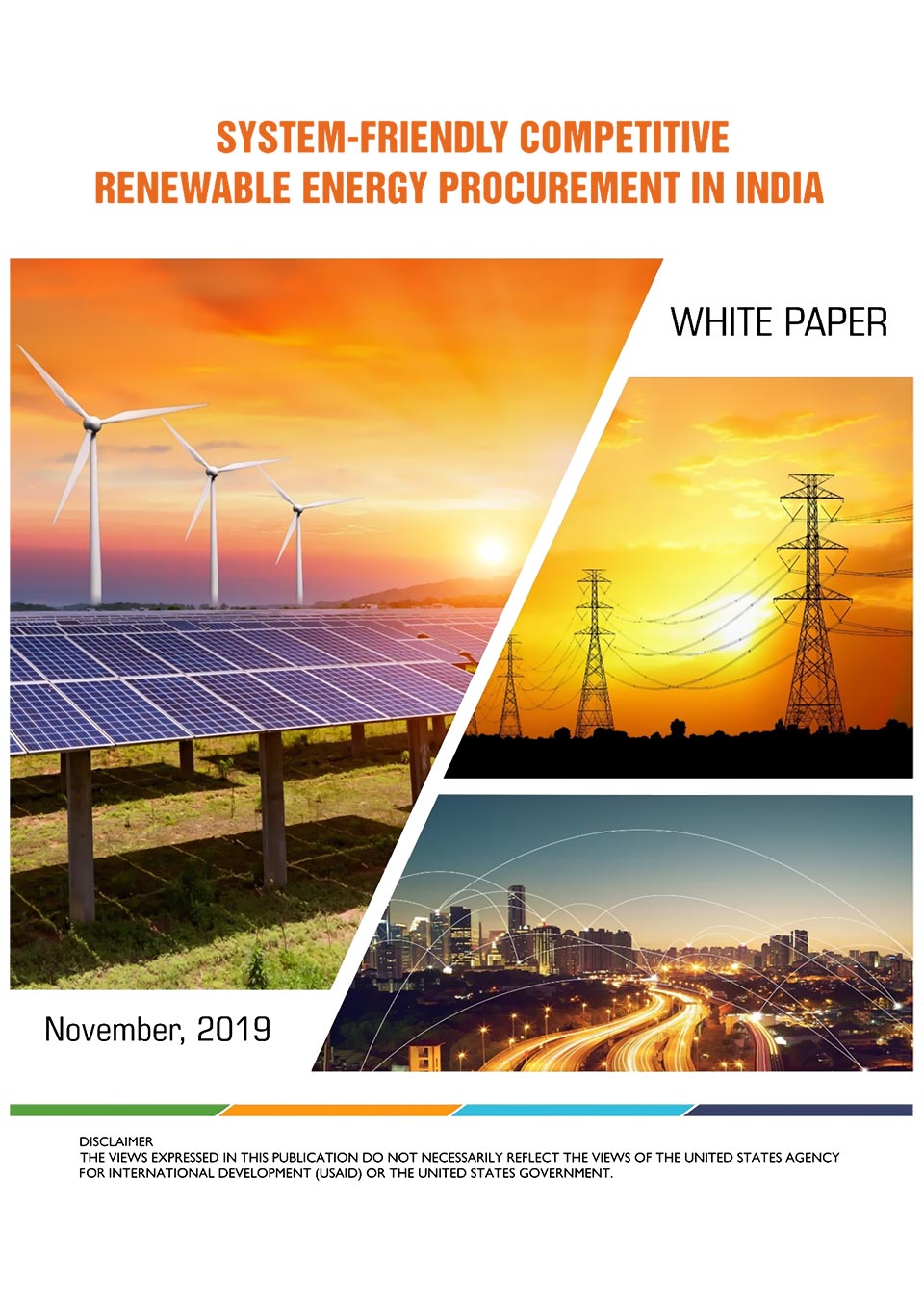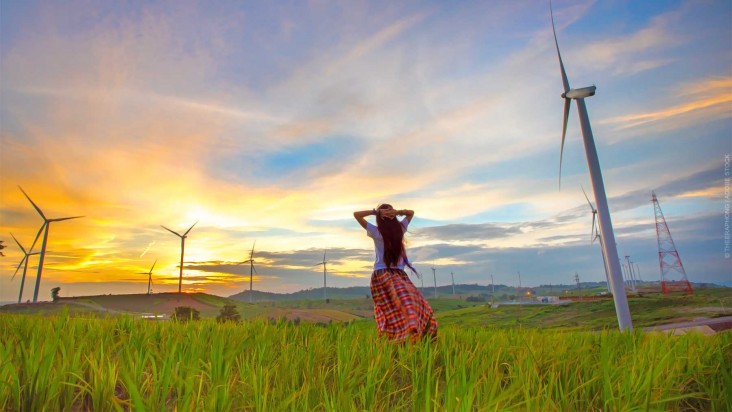Speeches Shim
As renewable energy prices fall and uptake increases, India turns to employing system-friendly procurement for new projects.
As auction programs mature and the share of variable renewable energy in power systems increases, many countries find that grid integration concerns become a real barrier to scaling up renewable energy. Policymakers’ objectives often evolve from lowering power generation costs to enhancing dispatchability and improving the value of renewable energy. This can be accomplished by delivering renewable energy when and where it is needed and reducing integration costs.
System Integration Challenges and Competitive Renewable Energy Procurement
Renewable energy prices have fallen dramatically worldwide. The competitive procurement of renewable energy (RE) sources has contributed significantly to these price drops. In India, record low prices in RE competitive procurement rounds have been driven by continuous technological improvements, including greater solar PV module efficiency, a commitment to large-scale RE deployment, and increasing experience and competition among project developers and manufacturers. However, as the proportion of RE grows in power systems, system integration challenges and associated costs gradually emerge. According to a study by the Central Electricity Authority (CEA), in states like Tamil Nadu and Gujarat, RE integration costs were almost $0.0216 cents/kWh (1.5 INR/kWh) in 2017, or more than half of the recent RE bid prices.
Relevance of System-Friendly Competitive RE Procurement
Competitive RE procurement with system-friendly design elements incentivizes the deployment of variable RE by considering the system costs and benefits of RE in the award decision. It moves away from minimizing only generation costs to minimizing both generation and system integration costs. This shift creates an opportunity to support a higher uptake of RE by improving the match between power supply and demand, mitigating transmission costs, and reducing intermittency. It also enables the electricity distribution companies in India (DISCOMs) to increase the uptake of RE generation and reduce their power purchase costs by taking advantage of falling RE prices.
System integration costs will become more important as more RE generation is added to the grid. Also, the policy framework and relevance of system-friendly procurement will be influenced by the introduction of more system responsibilities for RE, such as grid connection charges for RE projects, a potential phaseout of the “must-run” status of RE, responsibility for forecast deviations, and the proposed wholesale electricity market reforms.
Enabling System-Friendly RE Procurement in India
DISCOMs in India have RE targets dictated by renewable purchase obligations and national targets. DISCOMs can procure RE capacity either directly or via procuring entities such as the Solar Energy Corporation of India. Competitive, technology neutral and system friendly RE procurement, will be an important vehicle to meet its ambitious RE target of 175 gigawatts by 2022.
To promote system integration in competitive procurement, India uses several approaches, including physical hybrids, time-based incentives, aggregators (or virtual hybrids), and locational signals.
Global Trends in System-Friendly RE Procurement
Innovative approaches to competitive RE procurement can encourage system integration and a higher and faster uptake of RE generation. International examples of approaches that promote these goals include intraday and seasonal supply blocks in Chile; the virtual power plant Next Kraftwerke in Germany; Con-Edison’s Brooklyn Queens demand management program; and Thailand’s hybrid procurement scheme to ensure a continuous supply of electricity.
Recommendations
Recommendations to advance system-friendly procurement in India include the following:
- Continue to develop guidelines to support RE delivered at least cost instead of RE generated at least cost;
- Design tender documents to allow for RE procurement with time-based incentives and supply blocks to promote dispatchable RE;
- Design procurement guidelines to promote strong locational signals for RE;
- Recognize the value of firm RE power supply;
- Tailor RE procurement design to regional conditions; and
- Engage bidders early to minimize RE procurement under-subscription.
Last updated: February 17, 2022




Comment
Make a general inquiry or suggest an improvement.